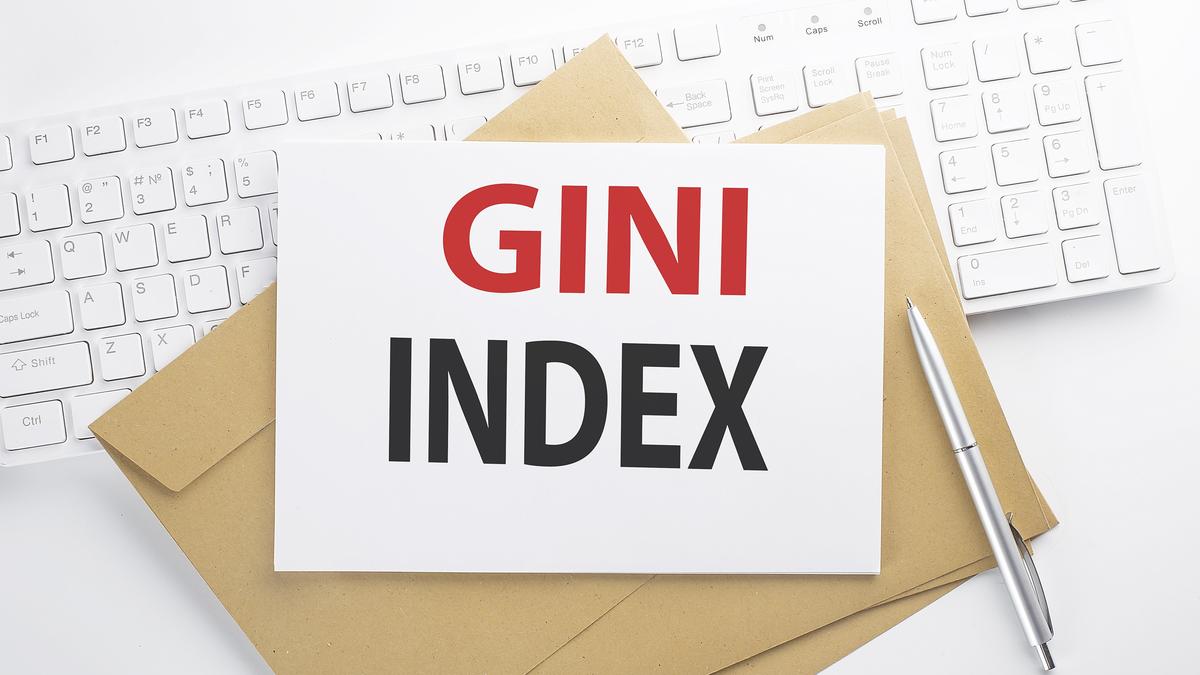The Gini Index ranked India among the world’s most equal societies, by giving the country a score of 25.5. This places India in a ‘moderately low’ inequality category. While this may be cause for celebration, the lived reality in India paints a very different picture. Inequalities, lived and those captured in statistics, permeate into everyday life in urban and rural India. The question that therefore arises is, on what basis can India be considered one of the world’s most equal societies? While there is sufficient critique on the flawed methodology used in the Gini Index, this article highlights the general state of inequality that plagues India. While gender, economic, health, educational, and social inequalities have always been endemic to India, with technology and a modern ways of life, new forms of inequality such as digital and banking inequality have arisen.
Forms of inequalities
One of the fundamental forms of inequality is wealth inequality. A ride through any busy street in urban India in a luxury car which costs an average of ₹30 lakh, driven by a chauffeur who earns and supports a family on approximately ₹3 lakh per year, will highlight the stark wealth inequality that exists. Statistics also supports this reality. According to a study titled ‘Income and Wealth Inequality in India, 1922-2023: The Rise of the Billionaire Raj’, in 2022-23, 22.6% of the national income went to just the top 1% of the population. Further, the study mentions that data on wealth inequality is challenging to capture because of the large-scale prevalence of informal employment, low-income levels, and high thresholds for non-taxable incomes, which means that data on tax pertains to less than 10% of the adult population. The reason for the lack of data itself is indicative of inherent wealth inequality, as a large part of the population has to rely on the informal sector for employment, earning significantly less than those employed in the formal sector.
Gender inequality is another fundamental form of inequality in India. Women have historically been marginalised from the workforce and comprise about 35.9% of the worker population ratio. The number is starker at senior and middle management levels where women accounted for only 12.7% leadership roles as of 2024. While India has the third largest startup ecosystem in the world, women-run start-ups stand at only 7.5% of all active startups in the country. Social norms aggravate gender inequality in terms of spending family resources on the girl child, and in matters of inheritance.
With rapid development of technology, access to digital technology is crucial to broadly navigate through modern day life such as easily accessing formal banking channels. While India has made commendable progress in providing access to the Internet to a large part of the population, a careful analysis of the numbers points to a severe digital divide. Lack of access to the Internet and to digital technology exacerbates the digital divide, leading to lack of opportunities for a certain demography.
For instance, only 52.7% schools have functional computers, and Internet is accessible in only 53.9% of schools across India. This contributes to the digital divide because only students from a certain socio-economic background, who have access to schools with functional computers and the Internet, will be adept in the use of technology and computers, a critical skill in today’s times.
Access to quality higher education and even basic entry-level jobs are difficult for students left behind. They are then pushed into employment that requires lower skills. This digital divide will continue to perpetuate the cycle of inequality at the household level.
Other forms of digital technology also contribute towards fuelling educational inequality. For instance, combined access to broadband within households, encompassing both urban and rural areas, stands at 41.8%. This deepens educational inequality because when education becomes virtual, which is a routine occurrence in New Delhi when schools are closed during November and December because of severe air pollution, only those students in households with access to a broadband system and digital technology can continue with their education.
Inequality across realms
Inequality in one realm often permeates into other realms. For instance, digital inequality severely affects the lower income demography. However, overall, digital inequality affects women more than men. For example, only 25% of women in rural India have access to the Internet, compared to 49% of men in rural India. The Internet is a fundamental medium in accessing opportunities and technology such as Internet banking. It guarantees financial freedom and job postings. Lack of access to the Internet disables women from accessing these opportunities that are readily available to male adults, further exacerbating digital and gender inequality.
While we have reasons to pat ourselves on our backs for achieving some amount of equality in the last few years, the methodology to adjudge the ranking by Gini Index, seen along with actual and lived realities, makes one wonder as to how we achieved this ranking. It is only when a large part of the population has access to equal opportunities can we truly be among the world’s most equal societies. Until then, as a society and a country, we have a lot of groundwork to cover in bridging all forms of divide.
Prachi Dutta, Lawyer qualified to practice law in New York and India. She advises start ups, funds and companies on corporate, investment and regulatory related matters. She is based in New Delhi
Published – July 30, 2025 01:46 am IST
